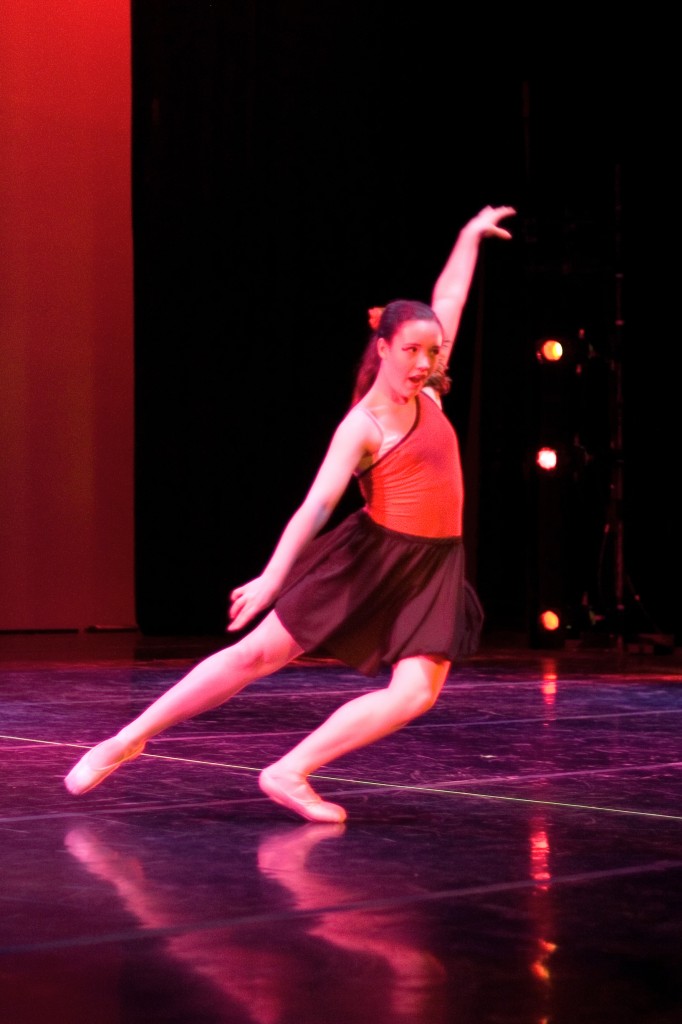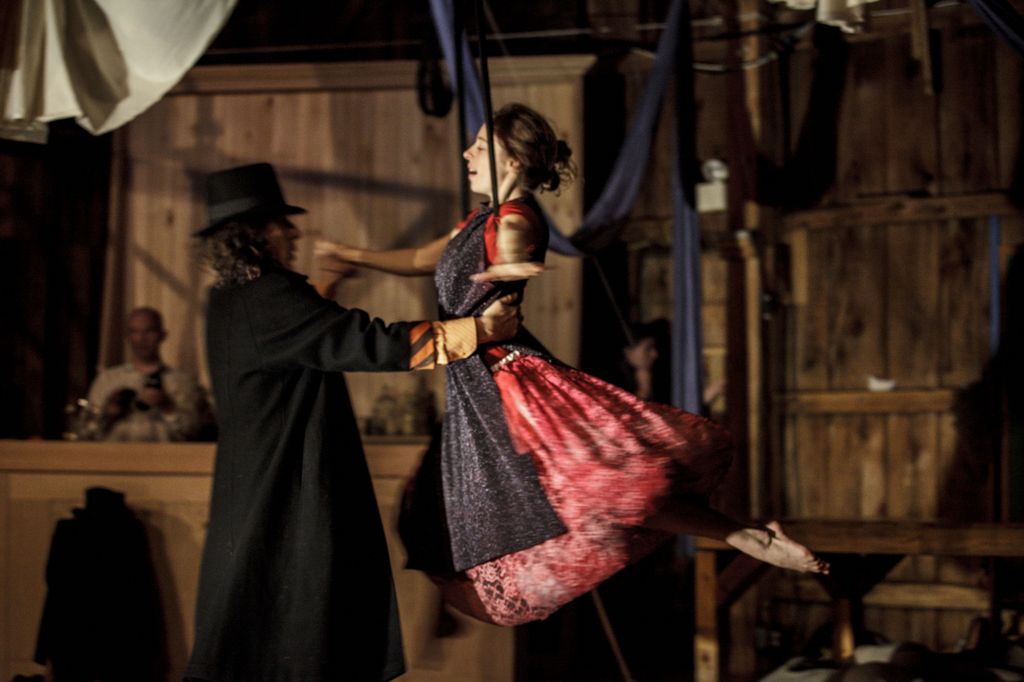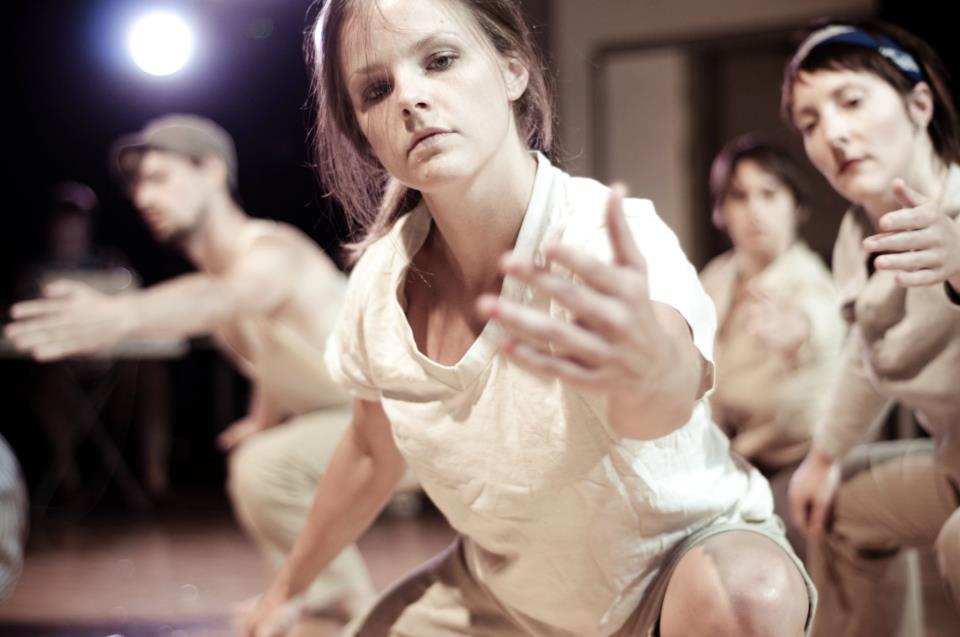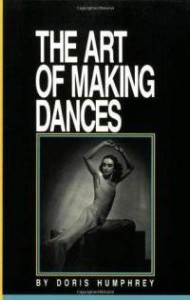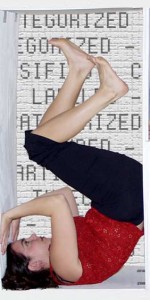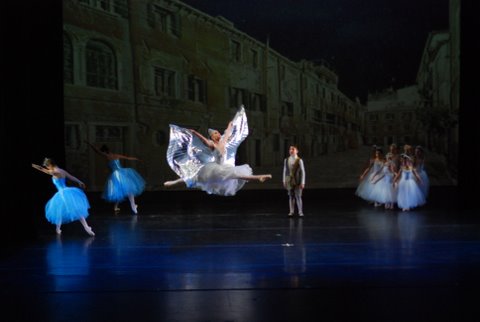by Janet Neidhardt
Teaching students how to improvise seems to be a bit of an oxymoron sometimes. How do you teach students to think in the moment and not plan their movements out but still make it look interesting? I try to teach improvisation tools much like I teach choreography tools. I assign short studies with specific guidelines and emphasize making purposeful choices. The tools we discuss should help them make educated, in the moment decisions that add to an improvisation.
I always have some students watch while others dance so that we can have discussion about what was aesthetically pleasing to us and discover the improvisation tools together. Some tools my students have come up with recently are: moments of contrast catch the eye for example different levels, dramatic changes in timing, people crossing each others’ pathways, and moments of unison can be strong after chaos.
When I first introduce improvisation I give my students two rules: [Read more…]





